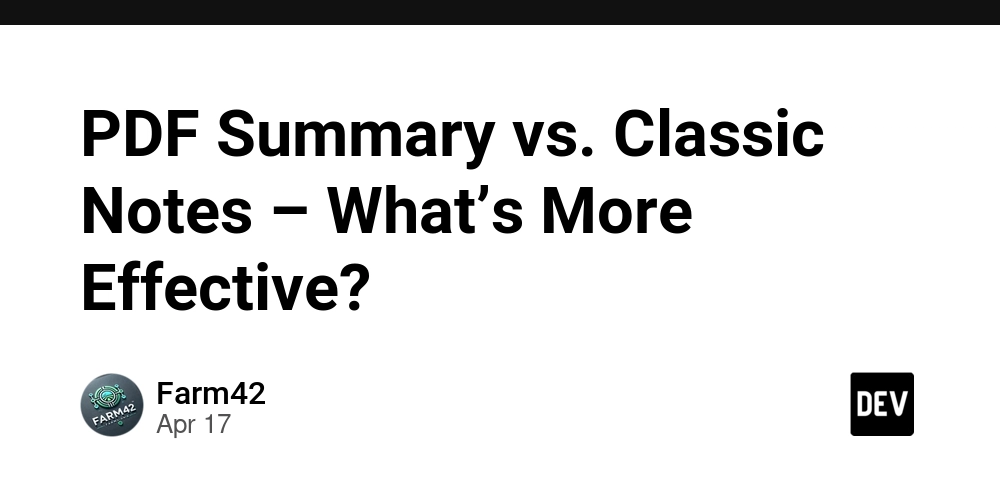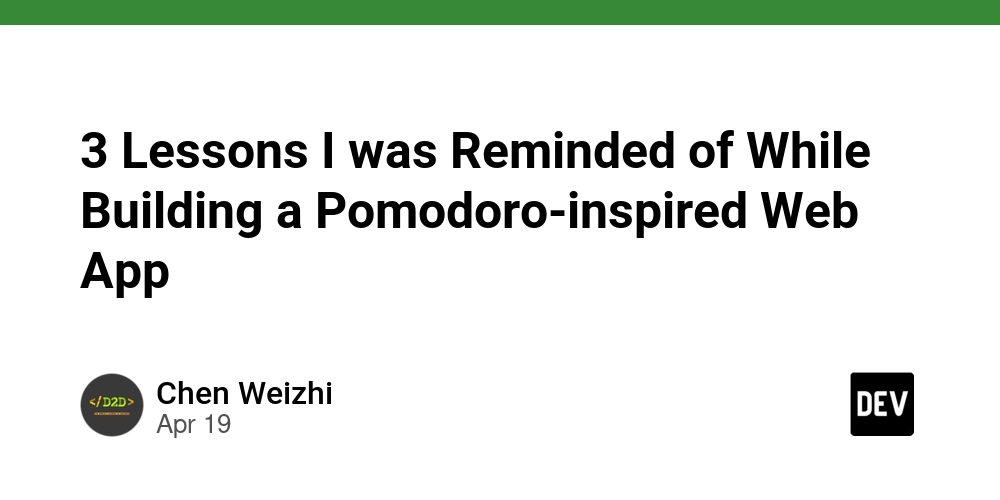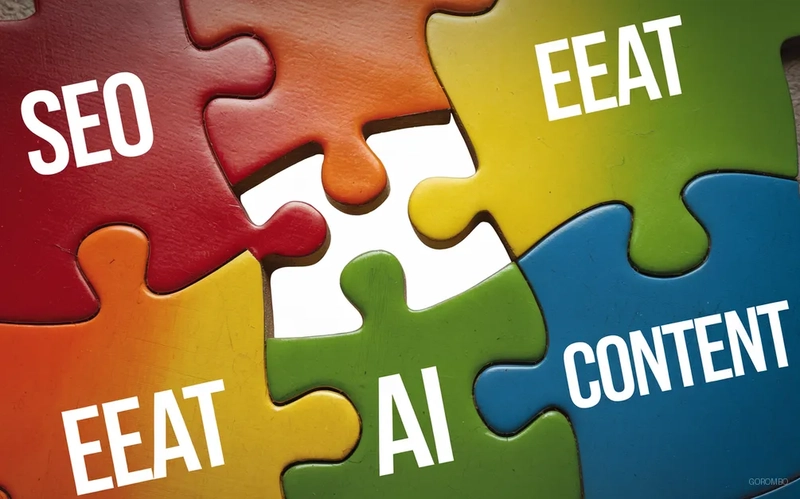PDF Summary vs. Classic Notes – What’s More Effective?
It was a quiet evening in my small apartment, the kind where the only sound was the rustle of pages as I hunched over a 50-page research paper. I was a graduate student back then, determined to master scientific research the old-fashioned way—classic reading, pen in hand, scribbling notes in the margins. Each line felt like a battle, each paragraph a puzzle to decode. By the time I finished, three hours had slipped away, and my eyes ached from the strain. I’d captured the essence, sure, but the process left me exhausted, wondering if there was a better path. Years later, buried under a stack of papers for a conference deadline, I stumbled upon a different rhythm. A friend introduced me to AI PDF Summary, a tool that whispered through those same 50 pages in just 5 minutes, weaving key insights into a neat summary. It wasn’t about replacing the joy of classic reading—it was about survival. I realized classic reading, once my sanctuary, had become a relic. The world of scientific research had sped up, demanding research efficiency that manual notes couldn’t match. Studies suggest a 70% time loss with traditional methods, a truth I felt in my bones after late-night sessions. On 17 April 2025, I’ll share more of this journey—why classic reading struggles in today’s fast-paced research landscape, and how note-taking automation might hold the key. What’s your story with classic reading? Reflect with me in the comments. ClassicReading #ResearchEfficiency #ScientificResearch #NoteTakingAutomation

It was a quiet evening in my small apartment, the kind where the only sound was the rustle of pages as I hunched over a 50-page research paper. I was a graduate student back then, determined to master scientific research the old-fashioned way—classic reading, pen in hand, scribbling notes in the margins. Each line felt like a battle, each paragraph a puzzle to decode. By the time I finished, three hours had slipped away, and my eyes ached from the strain. I’d captured the essence, sure, but the process left me exhausted, wondering if there was a better path.
Years later, buried under a stack of papers for a conference deadline, I stumbled upon a different rhythm. A friend introduced me to AI PDF Summary, a tool that whispered through those same 50 pages in just 5 minutes, weaving key insights into a neat summary. It wasn’t about replacing the joy of classic reading—it was about survival. I realized classic reading, once my sanctuary, had become a relic. The world of scientific research had sped up, demanding research efficiency that manual notes couldn’t match. Studies suggest a 70% time loss with traditional methods, a truth I felt in my bones after late-night sessions. On 17 April 2025, I’ll share more of this journey—why classic reading struggles in today’s fast-paced research landscape, and how note-taking automation might hold the key. What’s your story with classic reading? Reflect with me in the comments.





























![[Webinar] AI Is Already Inside Your SaaS Stack — Learn How to Prevent the Next Silent Breach](https://blogger.googleusercontent.com/img/b/R29vZ2xl/AVvXsEiOWn65wd33dg2uO99NrtKbpYLfcepwOLidQDMls0HXKlA91k6HURluRA4WXgJRAZldEe1VReMQZyyYt1PgnoAn5JPpILsWlXIzmrBSs_TBoyPwO7hZrWouBg2-O3mdeoeSGY-l9_bsZB7vbpKjTSvG93zNytjxgTaMPqo9iq9Z5pGa05CJOs9uXpwHFT4/s1600/ai-cyber.jpg?#)










































































































































![[The AI Show Episode 144]: ChatGPT’s New Memory, Shopify CEO’s Leaked “AI First” Memo, Google Cloud Next Releases, o3 and o4-mini Coming Soon & Llama 4’s Rocky Launch](https://www.marketingaiinstitute.com/hubfs/ep%20144%20cover.png)





























































































































![[FREE EBOOKS] Machine Learning Hero, AI-Assisted Programming for Web and Machine Learning & Four More Best Selling Titles](https://www.javacodegeeks.com/wp-content/uploads/2012/12/jcg-logo.jpg)








































































![Rogue Company Elite tier list of best characters [April 2025]](https://media.pocketgamer.com/artwork/na-33136-1657102075/rogue-company-ios-android-tier-cover.jpg?#)








































































_Andreas_Prott_Alamy.jpg?width=1280&auto=webp&quality=80&disable=upscale#)






























































































![What’s new in Android’s April 2025 Google System Updates [U: 4/18]](https://i0.wp.com/9to5google.com/wp-content/uploads/sites/4/2025/01/google-play-services-3.jpg?resize=1200%2C628&quality=82&strip=all&ssl=1)










![Apple Watch Series 10 Back On Sale for $299! [Lowest Price Ever]](https://www.iclarified.com/images/news/96657/96657/96657-640.jpg)
![EU Postpones Apple App Store Fines Amid Tariff Negotiations [Report]](https://www.iclarified.com/images/news/97068/97068/97068-640.jpg)
![Apple Slips to Fifth in China's Smartphone Market with 9% Decline [Report]](https://www.iclarified.com/images/news/97065/97065/97065-640.jpg)




































































































































